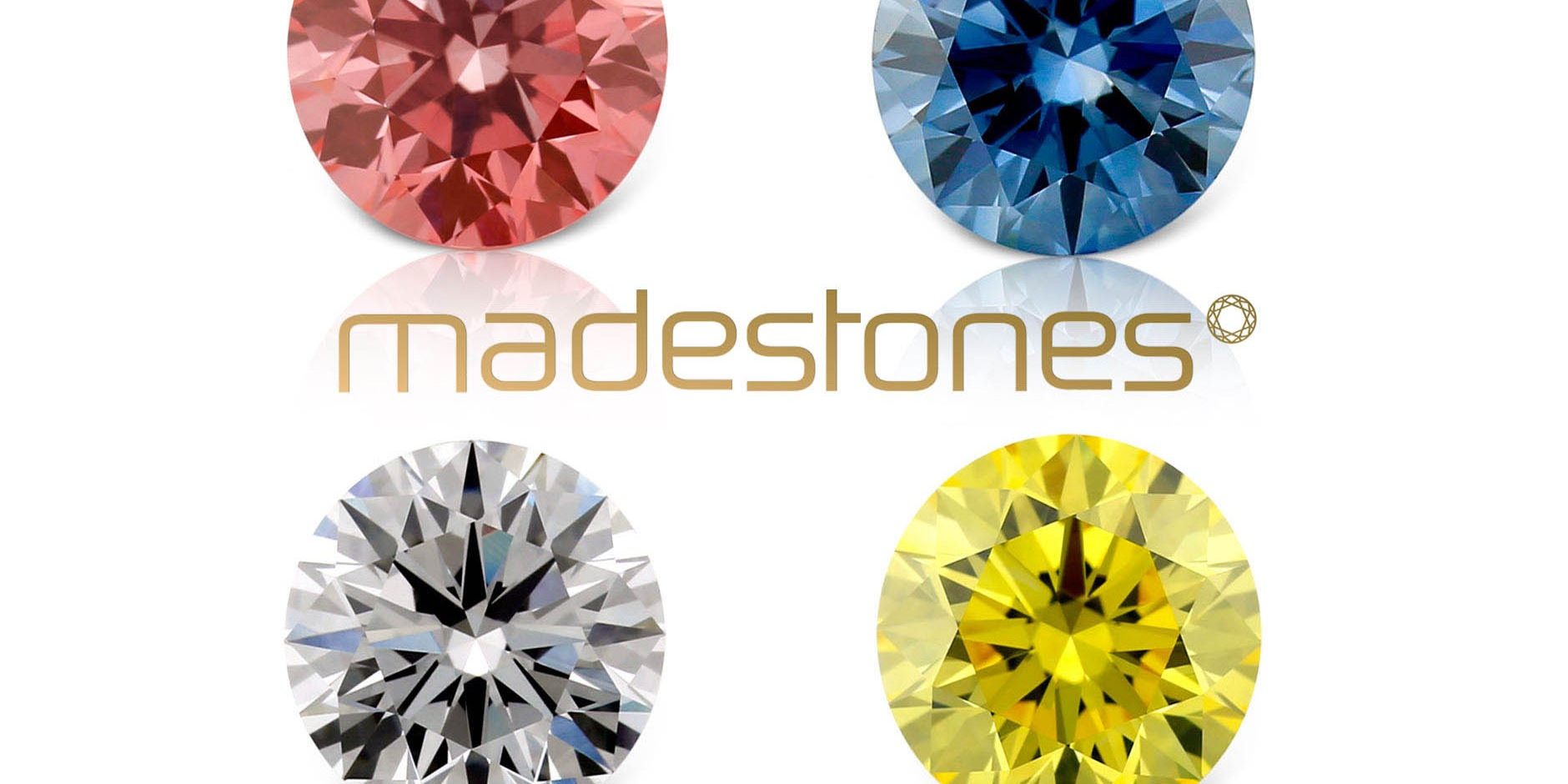Morgan Stanley reported that laboratory grown diamonds captured 3% market share of the global diamond business in 2017. This percentage is estimated to reach 8% by 2020. It is clear that the consumer definitely welcomes this new diamond product but retailers do not always know how to best fit or position this new product within their offering. Based on our experiences with retailers and consumers, we want to offer some guidance to retailers that currently consider entering the lab-grown diamond business.
Firstly, don’t view lab-grown diamonds as a substitute for mined diamonds, but as a new choice in diamonds for the consumer.
Secondly, lab-grown diamonds are growing in popularity especially with three distinct consumer groups. They are already part of the current retailers’ customers, yet they are looking for affordable, conscientious and modern, innovative products also in the diamond category. These 3 consumer segments are:
- The budget conscious consumer is delighted to discover that the price of colourless lab-grown diamonds is substantially less than a mined diamond – typically to 40-50%. Coloured diamonds become even more interesting as they sell at a fraction of the price of their natural counterpart. These diamonds are popular among the consumer who is seeking for self-expression and individuality.
- The environment – conscious consumer appreciates the sustainability aspect of lab-grown diamonds. They are looking for a choice that does not have a negative impact on the environment. They want to be reassured on the diamond origin and avoid socially irresponsible practices.
- The younger, Millennial consumer that loves products that are technologically forward and have a story to tell. Lab-grown diamonds are the perfect marriage between modern technology and social values.
Thirdly, we believe that the point of origin of a diamond is not the most important decision factor when diamonds or jewelry are bought or offered. Everything starts with the beauty and the brilliance of the diamond. 70% of the sale will be done when consumers will see that both diamonds are equally beautiful and when it is impossible to see any difference with the naked eye or even with the loupe.
And finally, diamonds get their true value from the romance and symbolism that people attach to the moment or the occasion for which they are offered.
Out of experience we also know that there are 2 important additional reasons why some retailers are afraid to start selling lab-grown diamonds, 1) they worry about the value of their current stock of natural diamonds, and 2) they are afraid selling the 2 products next to each other might confuse the consumer. They shouldn’t be worried to offer both products next to each other as long as they guarantee full disclosure and transparency to the customer. The retailer is expected to give expert advice and guide the consumer in finding the diamond that fits his or her needs, be it natural or lab-grown. Giving proper information on both products will be crucial to help the consumer make the right decision. Ultimately, the retailer will always be the winner because the consumer will choose one of both diamond options.


